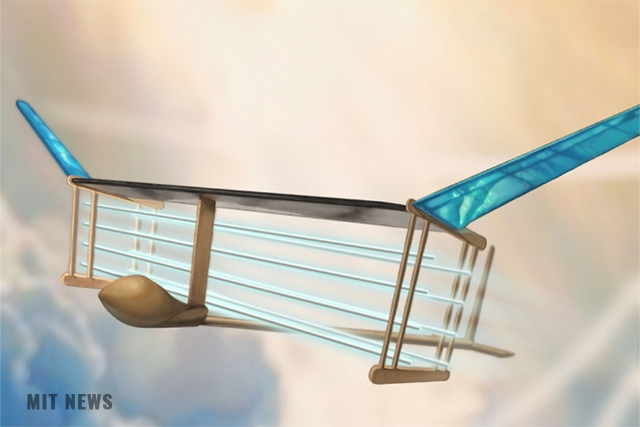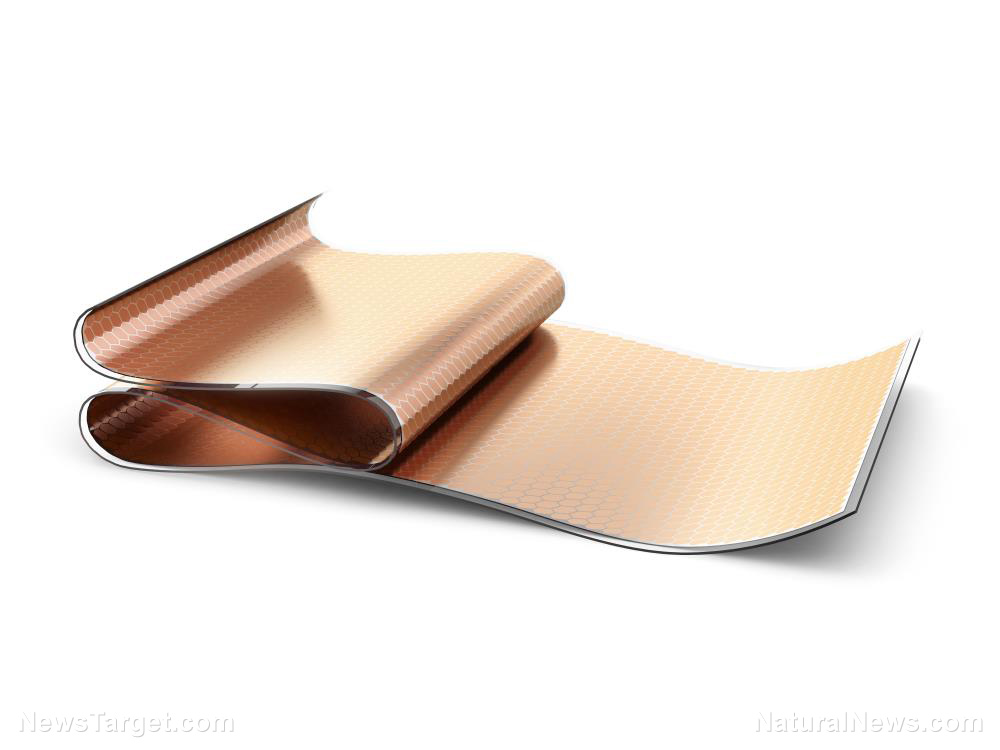What’s UHVDC? It’s the future of power, that’s what
03/12/2019 / By Edsel Cook

In the coming days, the electricity in China and other emerging countries will be delivered by ultra-high-voltage direct current (UHVDC). This modern take on an ancestral form of power transmission can deliver incredible amounts of electricity from one end of the massive country to another without losing any of it.
The rapidly-increasing Chinese middle class consumes eight percent more electricity with each passing year. Fortunately, the country’s hydroelectric plants produce more than enough power to meet these needs.
Unfortunately, most of the Chinese population is concentrated in urban areas on the coastlines. The power plants, on the other hand, are located much further inland.
China solved this problem of distance by updating an old proposal for transmitting power over large distances. In 2010, it made history as the first country to take up UHVDC. (Related: Denmark claims pole position in race to maximize wind power.)
Out with AC power transmission, in with ultra-high-voltage DC systems
The current world standard when it comes to power transmission is alternating current (AC). It was selected for the greater ease of converting the very high voltages required by power lines down to the far lower voltages required by households hooked up to the power grid.
AC got its name because the direction of its current oscillates – that is to say, “alternates” – back and forth as it travels. This oscillation uses up a lot of power, twice that of AC’s competitor back in the days of Thomas Edison.
During the nineteenth century, Edison championed direct current (DC) as a means of transporting electricity over considerable distances. UHVDC is the successor to his proposal.
Siemens and ABB Group assisted China in setting up its first UHVDC system. Spanning nearly 1,242 miles, it connects the Xiangjiaba Dam in Sichuan Province and the city of Shanghai.
The Xiangjiaba-Shanghai system is currently carrying 6.4 gigawatts. Its transformer can handle up to 10 gigawatts – enough power for almost 20 million homes – and its power lines support twice the voltage of AC counterparts.
More UHDVC systems are being prepared. China has just received the world’s first 1,100 kilovolt transformer. Designed by Siemens, the new transformer can handle 13 gigawatts, the same output as 10 nuclear power plants.
China’s new UHDVC system is lighter on the budget and friendlier to the environment
In addition to carrying larger loads of electricity with far less wastage, UHVDC power transmission systems are also less expensive and more eco-friendly than AC equivalents. The DC systems achieve this by needing less materials for certain parts.
An AC system usually uses half a dozen wires for conducting electricity. In comparison, a DC system only needs three slightly bigger wires. So the power lines of a UHDVC system will use up less aluminum than AC lines.
Furthermore, a wire that contains fewer materials will also weigh less. The transmission towers that support UHVDC power lines do not need to be massive. They can be built using less steel and other materials, and they will also take up less room on the ground.
When the benefits of increased efficiency, reduced amount of raw materials, and compact physical footprints are calculated together, UHVDC power transmission systems can be much cheaper than AC systems.
In addition to China, India has also adopted UHVDC, albeit on a much more modest scale. Brazil is also considering switching from AC to DC, given the country’s hydroelectric plants being located in the north while its major cities are in the southeast.
In the United States, there was a plan for a high-voltage DC system that would connect wind farms in Oklahoma to customers in Tennessee. The power lines would have passed through Arkansas, though, and that state opposed the project, which went nowhere in the end.
Sources include:
Tagged Under: Aluminum, China, electricity, energy, future tech, hydroelectric power, power grid, science and technology, technology



















